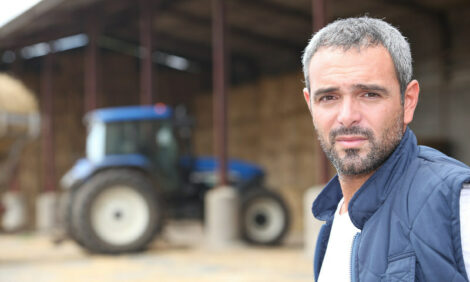



Texas purebred herd is part of world’s endangered population
US - Dr. Marsha Stein, 47, of Snook, has something rare in her possession - a herd of American Dutch Belted cattle.The herd, comprised of nine cows, four calves, and one altered bull, is part of an endangered population. According to Stein, who manages the herd for her mother Jean Hoehn, there are less than 2,500 purebred Dutch Belted cattle remaining in the world.
“That’s a rather impressive statistic,” she said.
The breed, derived from the Lakenvelder cattle of Holland, has been rare since it was first imported by Americans in the 1800s. Unlike the Lakenvelder which was heavily crossbred during the 1900s, Dutch Belted cattle have remained purebred and today their genetics are being used to revitalize the Lakenvelder breed in Europe.
Dutch Belted cattle are only one of several breeds designated as endangered (on some level) by the American Livestock Breeds Conservancy (ALBC) and the Food and Agriculture Organization (FAO) of the United Nations. According to a recent report, in 2000 there were only 147 Dutch Belted cattle registered in the United States. The report cites recent trends towards artificial insemination as one cause for the decline in Dutch Belted cattle, as well as other breeds.
In a Dec. 15, 2006, release, the FOA reported that 20 percent of animal breeds are at risk of extinction, and that one breed is lost monthly. Of the 7,600 farm animal breeds (cattle, sheep, goats, pigs, horses, and poultry), 1,500 are in some risk category. Among those are the Lakenvelder, the parent breed to Dutch Belted cattle.
Source: Country World


